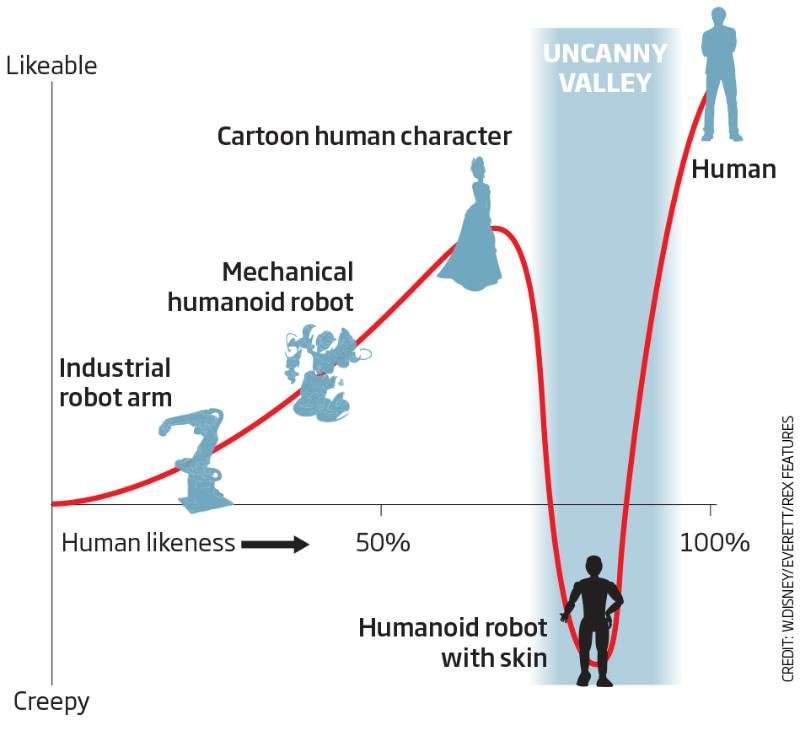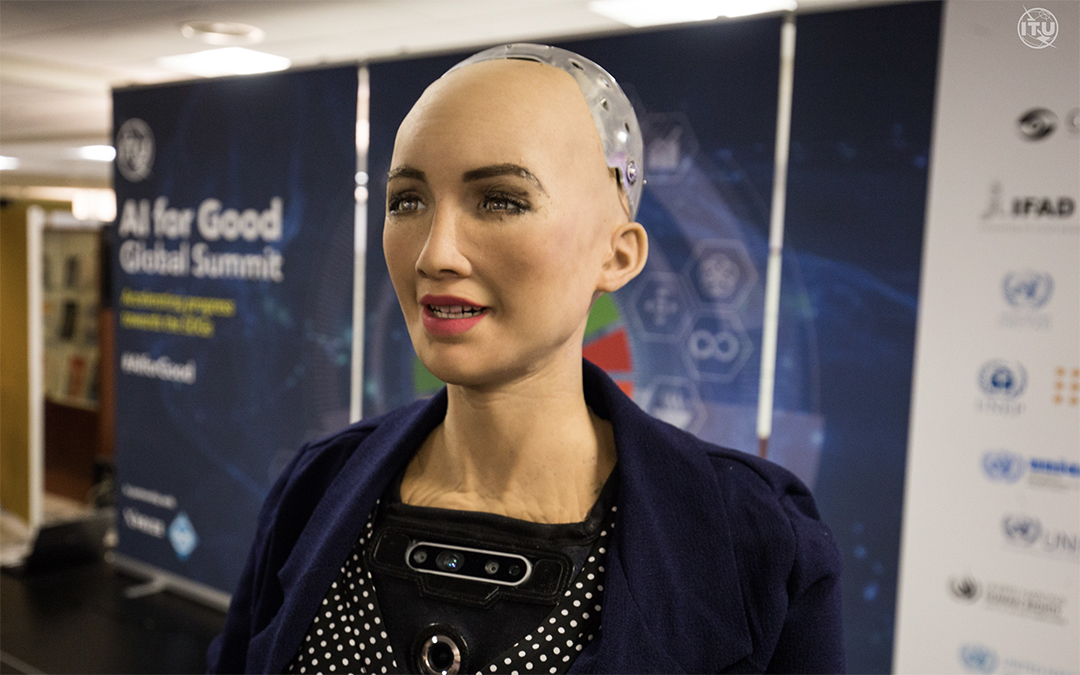So what exactly is the uncanny valley? Originally coined by Masahiro Mori in 1970, it describes the repulsion towards things that appear human but just don’t feel right. You reach the ‘valley’ when the artificial human form becomes too realistic and it freaks you out. This negative emotional response may originate from an evolutionary instinct to be repulsed by anyone who looks sick (i.e. pathogen avoidance). As an ex-Pixar beta tester, our CTO has grappled with the valley when working on films such as Harry Potter and, in the last few years, on consumer research.
It’s amazing to think that Toy Story was released as long ago as 1995 because the quality of Pixar’s 3D computer animation was so good. Bringing new worlds to life was amazing for toys, places and objects however transferring this realism to humans was less straightforward. Polar Express, the animated Christmas film staring Tom Hanks, was released in 2004 and despite being nominated for Academy Awards the critics labelled it ‘creepy’, ‘nightmarish’ and ‘lifeless’. In order to make humans as real as possible, actors performed scenes in motion capture suits which were then used to animate the digitally created characters. Despite its commercial success, it’s still best known for the creepiness caused by the uncanny valley.
You’d expect a linear relationship between the increase in lifelike CGI humans (from 0% to 100%) to correlate with how much we like them – but as they become ‘nearly human’ there is a big drop in likability, hence the uncanny valley. It’s not the ‘nearly humanness’ that causes this but the inconsistencies with realism. Anything that deviates from this is enough for us to instinctively find aversive and Polar Express fell foul of this. The characters were all children which, when animated using adult movements, made them look unnatural and awkward. The faces were entirely animated and the technology was not able to make eye movements / blinking look realistic which added to the uncanniness. Avatar, released in 2009, avoided the uncanny valley by creating a new species which had human traits but definitely weren’t human.
A decade later and the technology at our fingertips has advanced significantly. We do however need to heed Hollywood’s lessons. It’s technically possible to research different consumer interactions in VR where a respondent enters a virtual store and interacts with an avatar which is animated using infra-red motion capture. We could create an entirely new way of researching a customer experience and, moreover, we could do this at a quantitative scale. The problem of the uncanny valley is however still present. For respondents to feel ‘present’ we need to ensure its realistic and an ‘uncanny response’ will confound research findings.
The allure to animate and control a CGI avatar is enticing however – right now – the best approach to researching customer/patient interactions with staff/doctors remains 360 video experiences of real people. We’ve used this technique to great effect with actors playing their part and decision-tree sequences that give respondents choices. It’s accessible from a research budget perspective and, importantly, completely negates the uncanny valley.

A good example of the uncanney valley in robots is Sophia the AI humanoid created by Hanson Robotics. She was first shown in 2016 at the South by Southwest Festival, has “lifelike” skin and can emulate over 60 facial expressions. See how you feel about Sophia with the image below.

ITU Pictures


Recent Comments